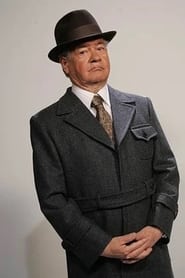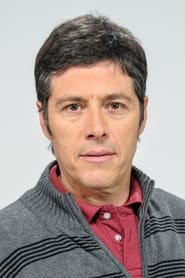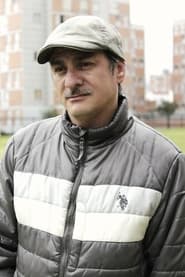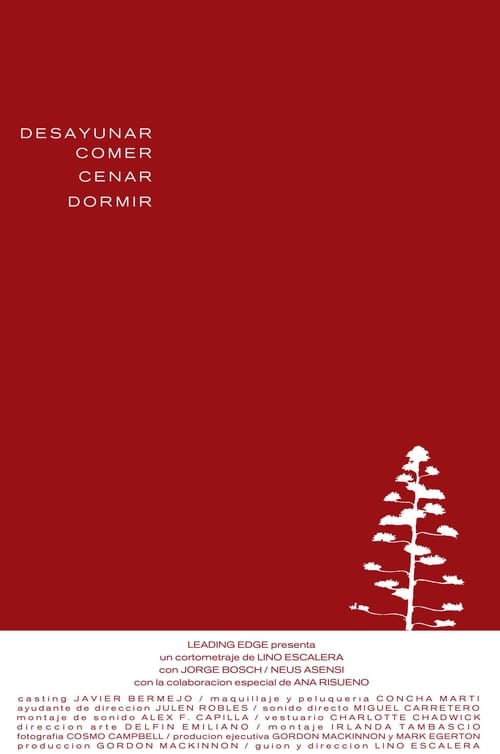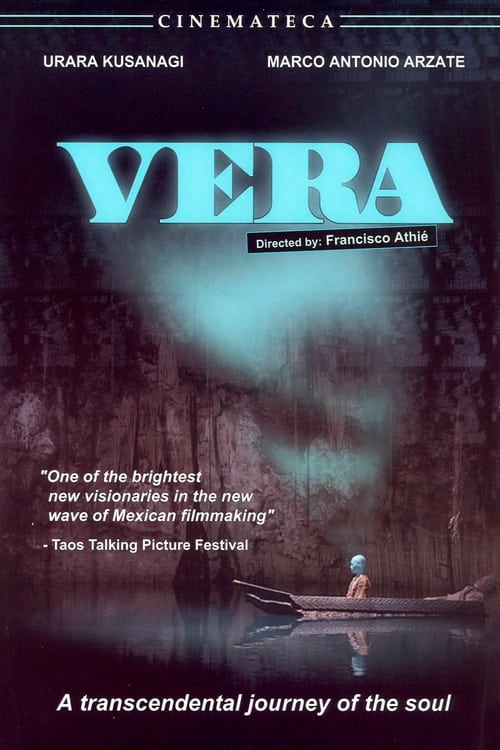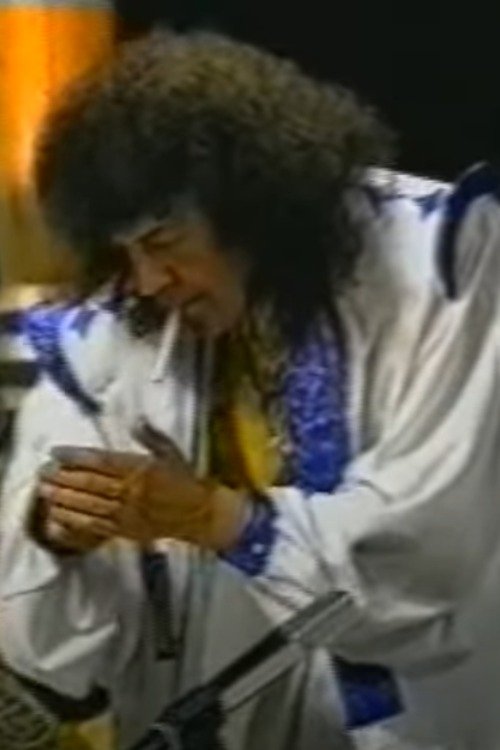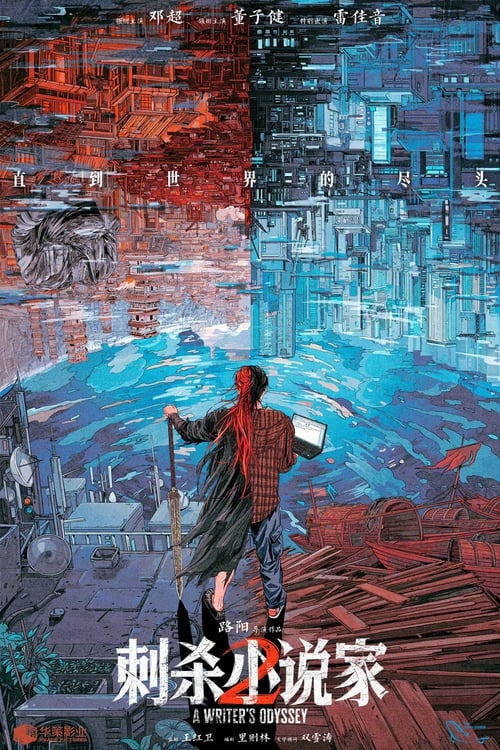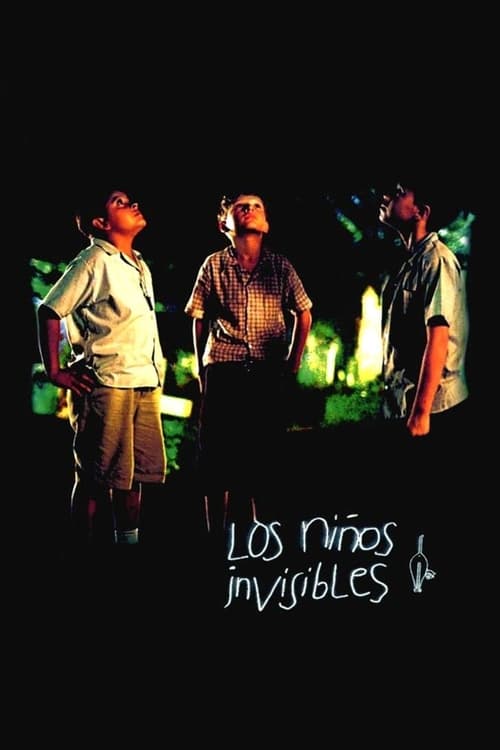
Ask Your Own Question
What is the plot?
What is the ending?
In the ending of "Bogotá 2016," the main characters face the consequences of their choices and the harsh realities of their lives in a city marked by violence and despair. The film concludes with a sense of unresolved tension, leaving the audience to ponder the fates of the characters as they navigate their struggles.
As the final scenes unfold, we see the protagonist, a young man named Andrés, grappling with the weight of his decisions. He stands at a crossroads, reflecting on the violence that has surrounded him and the impact it has had on his relationships. His internal conflict is palpable as he contemplates whether to continue down a path of crime or seek redemption.
Simultaneously, we witness the fate of his close friend, who has become increasingly entangled in the criminal underworld. The friend's choices lead to a tragic confrontation, underscoring the dangers of their environment. The emotional toll of their lifestyle is evident as the characters confront the reality of their situation.
The film closes with a haunting image of Bogotá itself, a city that symbolizes both hope and despair. The characters' futures remain uncertain, leaving the audience with a lingering sense of unease about the cycle of violence and the possibility of change.
In the final act of "Bogotá 2016," the tension escalates as the characters' lives intertwine in a series of pivotal moments. The scene opens with Andrés standing alone on a rooftop, overlooking the sprawling city of Bogotá. The sun is setting, casting a warm glow over the buildings, but the beauty of the scene is overshadowed by the turmoil in his heart. He reflects on the choices he has made, the friends he has lost, and the violence that has become a part of his existence. His face is a mixture of determination and fear, as he grapples with the decision to either embrace a life of crime or seek a way out.
Cut to a dimly lit alley where Andrés' friend, Miguel, is engaged in a heated argument with a rival gang. The tension is palpable, and the stakes are high. Miguel, fueled by anger and desperation, refuses to back down, believing that showing weakness could cost him everything. The camera captures the intensity of the moment, focusing on Miguel's clenched fists and the sweat on his brow. As the argument escalates, it becomes clear that violence is imminent.
Back to Andrés, who is now pacing in his small apartment, the walls adorned with graffiti and remnants of a life filled with dreams that seem out of reach. He receives a phone call from Miguel, who is frantic and pleading for help. Andrés' heart races as he realizes that his friend is in danger. Torn between loyalty and the desire to escape the cycle of violence, he makes a split-second decision to rush to Miguel's side.
The scene shifts to the alley where Miguel is cornered by the rival gang. The atmosphere is thick with tension as the rival gang members brandish weapons, their faces obscured by shadows. Miguel stands defiantly, but the fear in his eyes betrays his bravado. Just as the situation reaches a boiling point, Andrés arrives, breathless and desperate. He shouts for Miguel to run, but it's too late. A gunshot rings out, and the screen goes black.
When the scene fades back in, we see Andrés kneeling beside Miguel, who is bleeding and struggling to breathe. The emotional weight of the moment is heavy as Andrés cradles his friend, tears streaming down his face. Miguel's eyes are filled with regret and pain, and he whispers a final message of hope, urging Andrés to escape the life they've led. The camera lingers on Andrés' face, capturing the anguish and helplessness he feels as he watches his friend slip away.
In the aftermath, the film cuts to a montage of Bogotá, showcasing the stark contrast between the vibrant city life and the underlying violence that permeates it. Andrés is seen walking through the streets, a changed man. The weight of loss hangs over him, but there is a flicker of determination in his eyes. He begins to seek out opportunities for a better life, reflecting on Miguel's last words.
The final scene shows Andrés standing at a bus station, looking out at the horizon. The sun rises, symbolizing a new beginning, but the uncertainty of his future looms large. The film ends with a lingering shot of Bogotá, a city filled with both hope and despair, leaving the audience to ponder the fates of the characters and the cycle of violence that continues to affect their lives.
Is there a post-credit scene?
The movie "Bogotá 2016," produced in 2001, does not feature a post-credit scene. The film concludes its narrative without any additional scenes or content after the credits roll. The story wraps up in a way that leaves the audience with a sense of closure regarding the characters and their journeys, focusing on the themes and events that have unfolded throughout the film.
What motivates the main character, a young journalist, to investigate the corruption in Bogotá?
The young journalist, driven by a deep sense of justice and a personal connection to the city, feels compelled to uncover the truth behind the corruption that has plagued Bogotá. His motivation is fueled by the loss of a close friend to the violence and crime that stem from this corruption, pushing him to seek answers and expose the powerful figures involved.
How does the relationship between the journalist and his mentor evolve throughout the film?
Initially, the journalist views his mentor as a guiding figure, someone who embodies the ideals of journalistic integrity. However, as the story unfolds, the mentor's own compromises and moral ambiguities come to light, leading to tension and conflict. The journalist grapples with disillusionment, ultimately forcing him to confront his own values and the cost of truth.
What role does the setting of Bogotá play in shaping the characters' experiences?
Bogotá serves as a vibrant yet dangerous backdrop that reflects the turmoil and complexity of the characters' lives. The city's chaotic streets, filled with both beauty and despair, mirror the internal struggles of the journalist and his peers. The setting amplifies their fears and hopes, as they navigate through the challenges posed by both the environment and the corrupt systems in place.
How does the film portray the impact of corruption on everyday citizens in Bogotá?
The film poignantly illustrates the pervasive effects of corruption through various vignettes of everyday citizens. From families struggling to make ends meet to individuals caught in the crossfire of gang violence, the narrative showcases their resilience and despair. These portrayals evoke empathy and highlight the stark contrast between the lives of the powerful and the marginalized.
What pivotal event leads to a turning point in the journalist's investigation?
A pivotal event occurs when the journalist receives an anonymous tip that reveals a major scandal involving high-ranking officials. This revelation not only intensifies his investigation but also places him in grave danger, as he realizes the extent of the corruption and the lengths to which those in power will go to protect their interests. This moment marks a significant escalation in both the plot and the journalist's personal stakes.
Is this family friendly?
"Bogotá 2016," produced in 2001, is a film that delves into the complexities of life in Bogotá, Colombia, during a time of social and political upheaval. While the film offers a rich narrative and emotional depth, it does contain elements that may not be suitable for children or sensitive viewers.
-
Violence and Crime: The film portrays the harsh realities of urban life, including scenes of violence and crime that reflect the struggles of the characters. This may be distressing for younger audiences.
-
Poverty and Desperation: The depiction of poverty and the lengths to which characters go to survive can be emotionally heavy and may evoke feelings of sadness or discomfort.
-
Drug Use: There are references to drug culture and its impact on society, which may be unsettling for some viewers.
-
Emotional Turmoil: Characters experience significant emotional distress, including loss, betrayal, and despair, which could be intense for sensitive viewers.
-
Social Injustice: The film addresses themes of social inequality and injustice, which may be difficult for younger audiences to fully comprehend.
Overall, while "Bogotá 2016" offers a poignant exploration of its themes, its content may not be appropriate for all viewers, particularly children or those who are sensitive to such topics.






